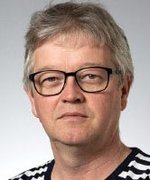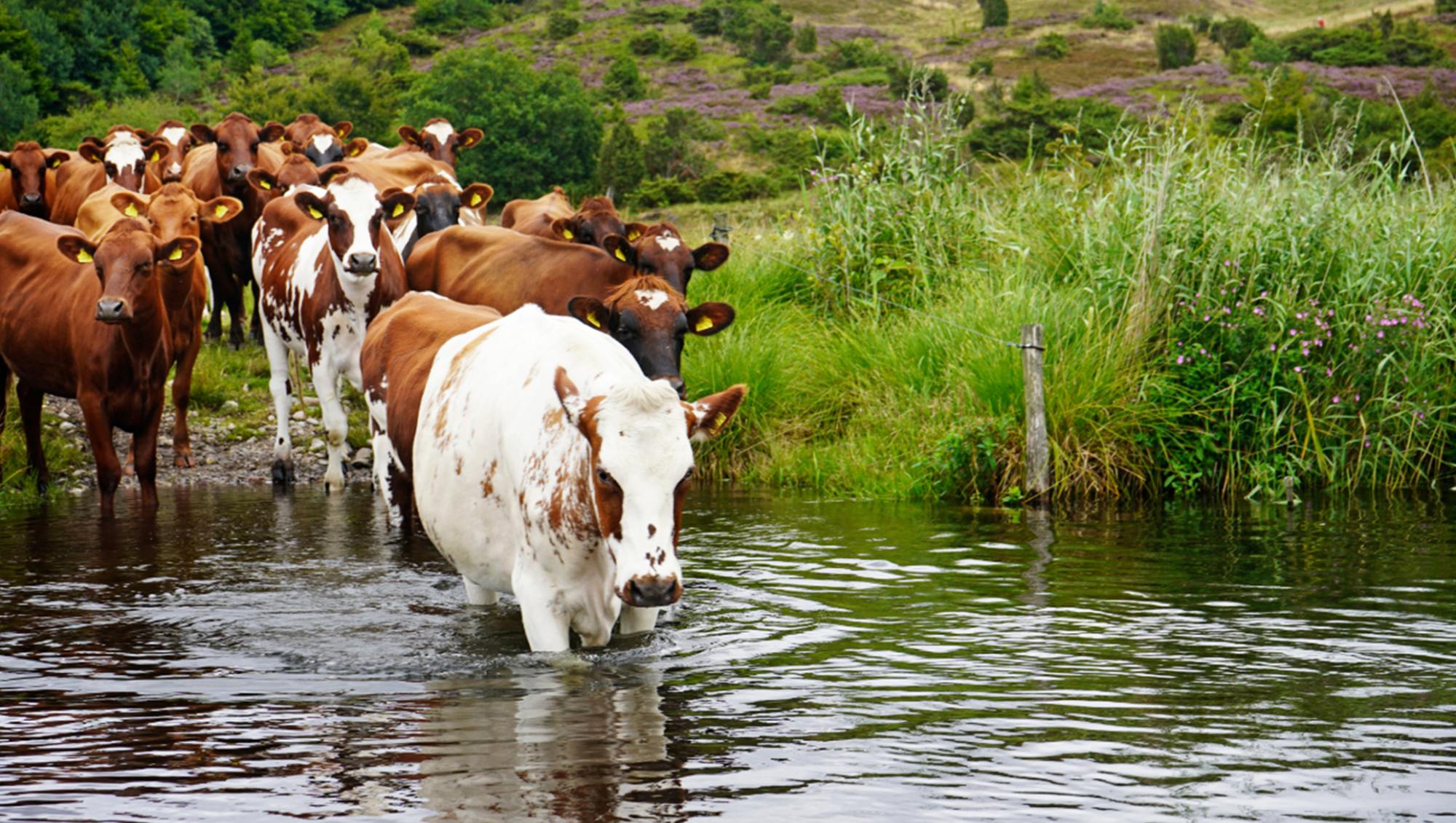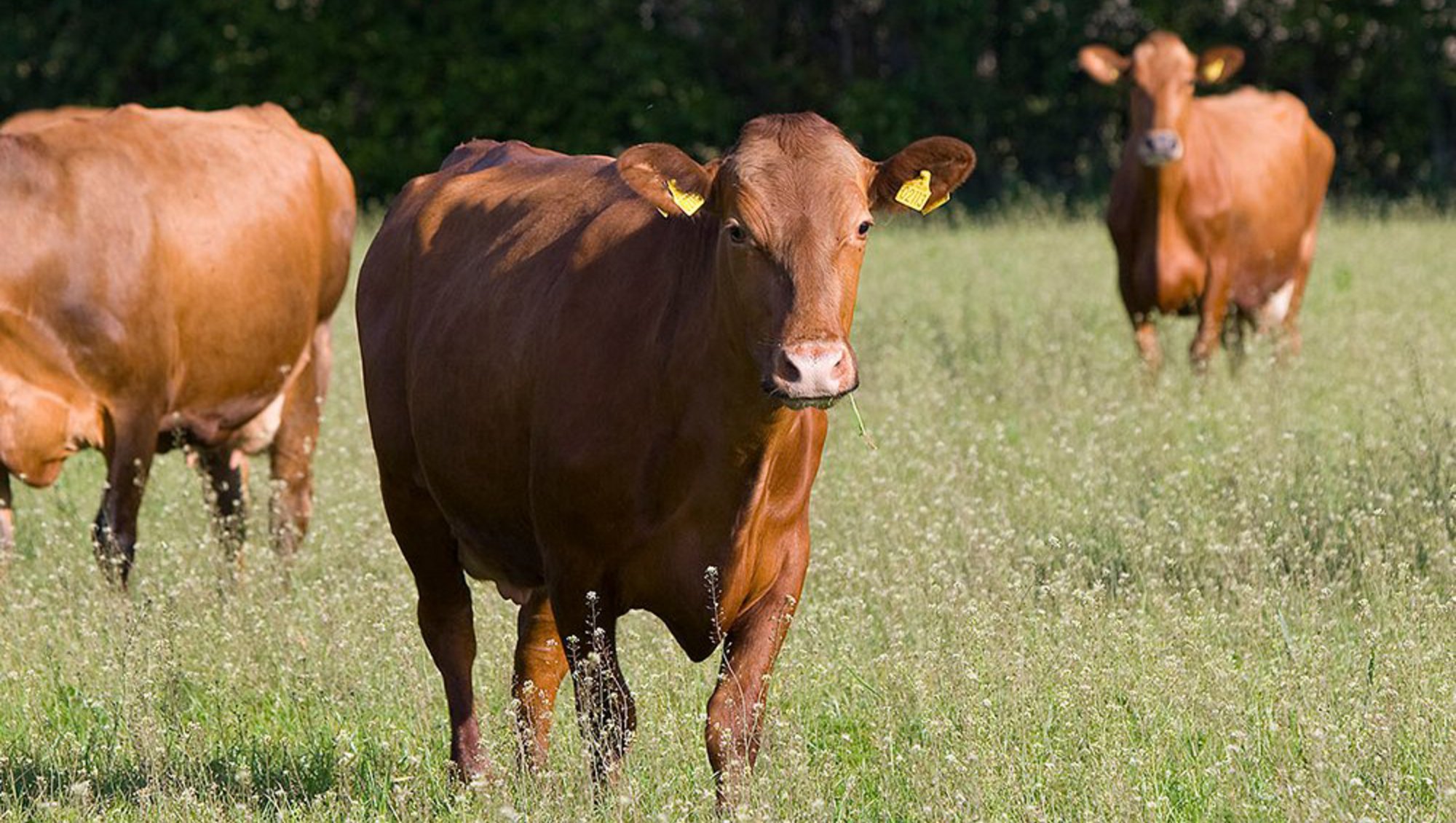Ø-KO-AVL
Background
The proportion of organic products is increasing in Denmark. However, the genetics behind the cows in organic production are still conventional. Cows for organic production are therefore not genetically adapted to the organic environment as well as societal goods such as climate impact and animal welfare.
Purpose of Ø-KO-AVL
The overarching purpose of Ø-KO-AVL is to develop an organic breeding program better suited for organic production systems and consumer preferences. To achieve this, the project will define a breeding goal based on economic models and preferences of consumers, dairy companies, and farmers. Ø-KO-AVL will also optimize various parts of the breeding program and quantify the benefits of establishing a separate organic breeding line for Nordic Red Cattle (RDC). The breeding strategy for RDC is already partially targeted towards organic production, making the implementation of an organic breeding program highly feasible.
By using this breeding goal in future breeding, it is expected that an organic cow will have a lower climate impact and better animal welfare. It will also be possible to differentiate between organic and conventional dairy productions based on breeding. Additionally, VikingGenetics will have the opportunity to market the breeding line as organic, potentially becoming a world leader in genetic material suitable for the organic market. Dairy companies will have the opportunity to market productions with a strengthened organic profile.
The project step by step
-
The project will investigate consumers' understanding of the organic principles and attitudes in relation to an organic breeding goal. Future consumer trends must be uncovered, and then qualitative interviews and surveys must be conducted with Danish, German and Swedish consumers. Among other things, it will be investigated which properties consumers consider important in relation to organic products, including reduced methane emissions, milk quality and better animal welfare
-
In addition, consumers' willingness to pay must be ascertained. Based on this - as well as economic values for each individual trait, calculated using the SimHerd model - the organic breeding target must be determined. As an additional layer, the idea is that the breeding goal should be discussed in a new organic breeding council
-
ECO-BREEDING will also focus on optimizing the breeding plan itself. Such optimization roughly consists of determining how many breeding animals must be selected annually and how strong the selection must be
-
In addition, it will be investigated how great the effect is of including different reproductive technologies in the breeding plan, so that the organic farmers are aware of how much organic breeding progress is lost by opting out of a technology
-
The last part of the project will focus on the actual implementation of an organic breeding target and breeding program for Nordic Red
Project leader

Morten Kargo, Senior Scientist
Center for Quantitative Genetic and Genomics, Aarhus University
morten.kargo@qgg.au.dk.
Project partners
Center for Quantitative Genetic and Genomics, Aarhus University
Morten Kargo, Hanne Marie Nielsen, Margot Slagboom, Julie Brastrup Clasen og Roos Marina Zaalberg
Department of Food Science, Aarhus University
Nina Aagaard Poulsen

